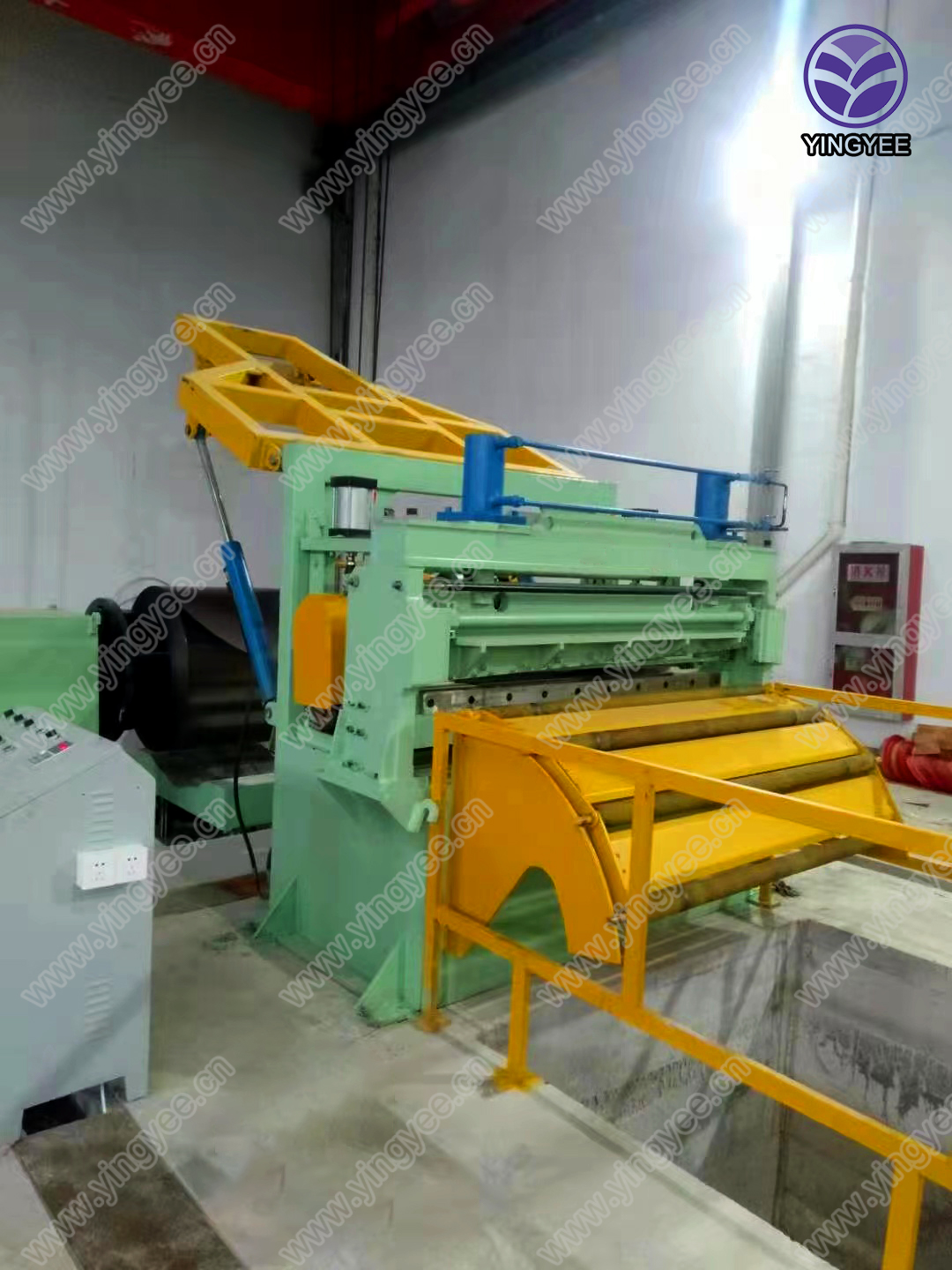
Understanding Purlins in Sri Lanka A Comprehensive Overview
Purlins play a pivotal role in construction and structural engineering, especially within the context of Sri Lanka’s growing infrastructure needs. As the country continues to develop, understanding the types, functions, and significance of purlins becomes increasingly essential for builders, architects, and engineers alike.
What is a Purlin?
A purlin is a horizontal structural member in buildings that supports the roofing material. It serves as a key component in roof framing, providing support to the roofing sheets and distributing the load of the roof to the vertical columns or walls. Purlins are typically made from materials such as steel, aluminum, or timber, depending on the specific requirements of a project.
Types of Purlins
In Sri Lanka, the use of purlins varies based on the materials available and the specific architectural needs. The most common types include
1. Steel Purlins Galvanized steel purlins are favored for their strength and durability. They are resistant to corrosion, making them ideal for coastal areas in Sri Lanka where high humidity and salt exposure can compromise other materials.
2. Timber Purlins Traditional wooden purlins are often utilized in residential and rustic buildings. Timber is locally sourced and works well for low to medium-span roofs. However, it requires proper treatment to prevent decay and insect infestation.
3. Aluminum Purlins Although less common, aluminum purlins are lightweight and resistant to rust. This makes them a suitable choice for modern designs, especially in areas where minimizing weight is crucial.
The Role of Purlins in Sri Lanka’s Construction Industry
As Sri Lanka’s economy expands, the construction industry must adapt to new challenges and trends. Purlins contribute significantly by
1. Support and Stability They provide essential support for the roof and help maintain its stability against environmental forces such as wind and rain, which can be particularly strong in certain regions of Sri Lanka.

2. Load Distribution Purlins distribute the loads from the roof evenly to the frames or walls. This efficiency is critical in earthquake-prone areas, as it helps minimize the risk of structural failure during seismic events.
3. Cost-Effectiveness By facilitating quicker and easier roof installation, purlins can help reduce labor costs and overall project timelines. This is particularly beneficial in developing regions where time and resources may be limited.
4. Versatility in Design Purlins allow for a variety of roofing designs. This flexibility supports aesthetic considerations in construction, which is important for both commercial and residential buildings.
Local Sourcing and Sustainability
With increasing awareness about sustainability, local sourcing of materials is a trend that is taking root in Sri Lanka. This is especially true for timber purlins, as using locally available wood not only supports local economies but also minimizes the carbon footprint associated with transportation.
Additionally, the use of galvanized steel purlins is gaining attention due to their recyclability, reinforcing a commitment to sustainable practices in the construction sector.
Challenges and Considerations
While the advantages of purlins are clear, construction professionals in Sri Lanka face challenges such as fluctuating material prices and the need for skilled labor. Ensuring high quality in purlin manufacturing and installation is imperative to meet safety standards and durability expectations.
Furthermore, climate factors such as heavy rainfall during monsoon seasons require careful consideration of drainage systems and the design of roofs supported by purlins. Proper engineering ensures that buildings can withstand the tropical climate while maintaining their structural integrity.
Conclusion
Purlins are indispensable in the context of Sri Lanka’s advancing construction landscape. As the country continues on its path of development, understanding the role and importance of purlins will become ever more critical. From enhancing the stability of roofs to facilitating modern architectural designs, purlins contribute to sustainable building practices that cater to both the environment and the economy. As professionals in the construction industry embrace innovation and prioritize sustainability, purlins will undoubtedly play a vital role in shaping the future of Sri Lankan architecture.